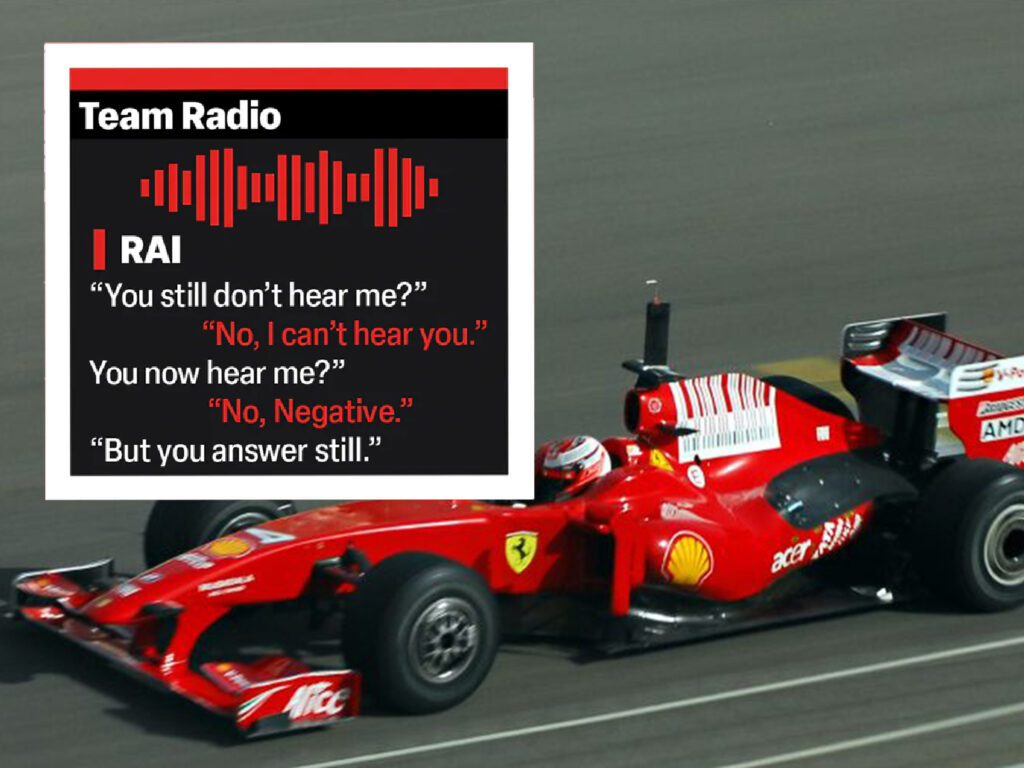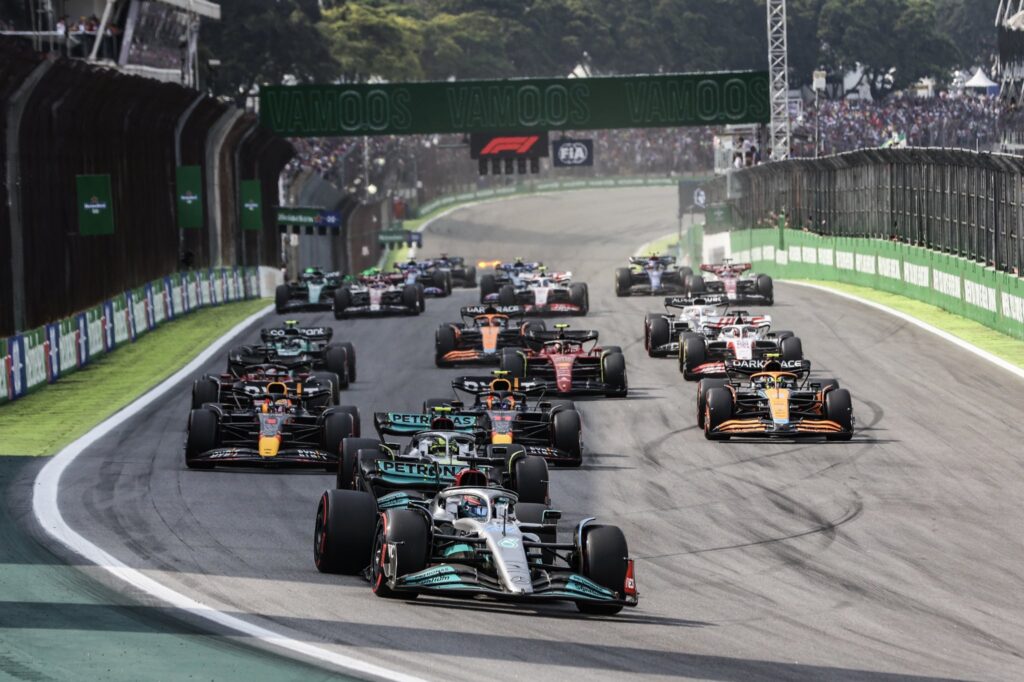The radio communication system between Formula One (F1) drivers and their teams is an integral part of the racing experience, providing critical information and real-time feedback during races. A well-functioning radio system can make the difference between a good race and a great one, allowing drivers to stay informed, communicate with their teams and make informed decisions while on the track.
The radio system used in F1 has come a long way since its inception, and today’s state-of-the-art technology is a far cry from the basic two-way communication devices of the past.
GET ONE MONTH FREE AND LEARN HOW TO BUILD YOUR OWN WEBSITE HERE
Here is a detailed technical explanation of how the modern F1 driver radio works.
- Transmitters and Receivers: The first part of the radio system consists of a set of small transmitters and receivers, installed in each car and pit garage. These units are designed to work in the 868 MHz frequency band, which is reserved for Formula One usage and minimizes the risk of interference from other radio sources.
- Antennas: To ensure optimal performance, each car is equipped with a set of specialized antennas, placed in various locations around the car. These antennas are crucial for providing a clear and stable connection, even at high speeds and in challenging conditions.
- Control Unit: A control unit, located in the cockpit, manages the radio communication between the driver and the pit crew. The control unit contains an encoder, a decoder, and a speaker, which is used to communicate with the team. The driver can also adjust the volume and switch the system on or off.
- Headset: The driver wears a lightweight and comfortable headset, equipped with a microphone and earpieces, to receive and transmit audio signals. The headset is connected to the control unit and is specially designed to be comfortable for extended periods of use.
- Data Transfer: In addition to audio communication, the radio system also provides a data transfer channel. The system is capable of transmitting various types of data, such as information about the car’s performance, lap times, and other critical metrics.
- Channel Management: To minimize the risk of interference, the F1 radio system uses multiple channels to transmit and receive data. The teams can switch between channels during the race if necessary, ensuring a stable and reliable connection at all times.
- Radio Blackouts: To ensure the drivers concentrate on driving during the most critical moments of the race, there are designated radio blackout periods during which the teams are not allowed to communicate with the drivers. These periods usually last for a few minutes and are intended to prevent teams from distracting their drivers with irrelevant information.
The F1 driver radio system is an essential part of the modern Formula One experience. The sophisticated technology and advanced features allow drivers to stay connected to their teams, receive real-time information and feedback, and make informed decisions while on the track. The system has been designed to perform reliably and efficiently, even in the demanding conditions of a Formula One race.





